In this article, we will explore the top 10 interesting facts about Madagascar that make it such a special place to visit.
Madagascar is a unique and fascinating country located off the southeastern coast of Africa.
With its stunning natural landscapes, rich cultural heritage, and diverse wildlife, Madagascar is a dream destination for adventurers and nature lovers alike.
In this article, we will explore the top 10 interesting facts about Madagascar that make it such a special place to visit.
From lemurs and baobabs to vanilla and ylang-ylang, Madagascar has a wealth of wonders to discover.
Whether you’re planning a trip to the island or simply curious about this exotic destination, read on to learn more about the fascinating facts that make Madagascar so unforgettable.
Let’s Begin
Flora And Fauna
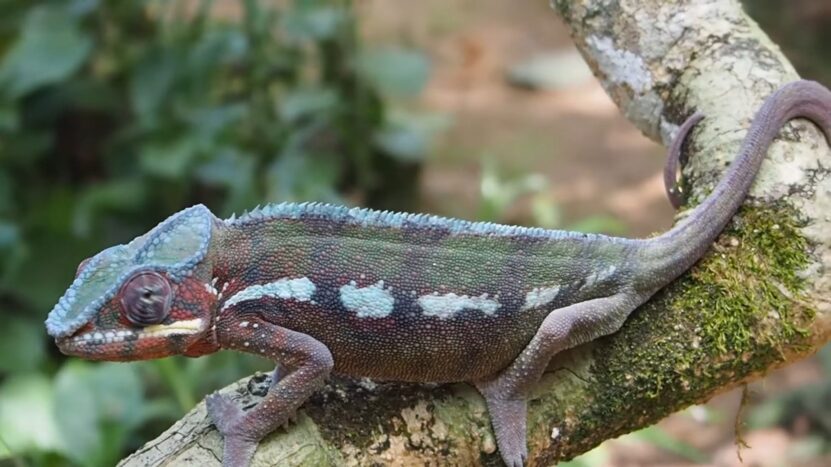
Madagascar is a true paradise for wildlife enthusiasts, with a remarkable 90% of its flora and fauna being found nowhere else on Earth!
From playful lemurs and colorful chameleons to exotic birds and unusual plants, Madagascar is home to an incredible array of unique species that are sure to captivate your senses.
The island’s isolation from other land masses for millions of years has allowed evolution to take its own course, resulting in the development of many endemic species that are found nowhere else in the world.
So, if you’re looking to explore some of the most unique and extraordinary creatures and plants on the planet, Madagascar should definitely be at the top of your travel bucket list!
However, it’s worth noting that some species of flora and fauna have been introduced to other parts of the world, where they have become invasive and harmful to local ecosystems.
Therefore, it’s important to take precautions to avoid accidentally spreading non-native species when traveling to and from Madagascar.
Elephant Birds and Their Enormous Legacy
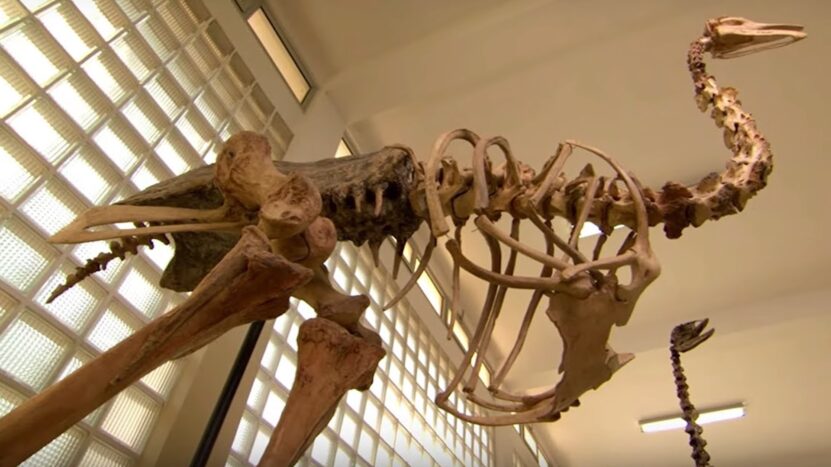
Another amazing fact about Madagascar is that it was once home to the largest bird species on the planet, the Elephant Bird.
These massive creatures stood over 10 feet tall and weighed up to 1,100 pounds, making them larger than any bird that exists today.
Sadly, the Elephant Bird is now extinct, but its legacy lives on in the island’s culture and folklore.
For centuries, the people of Madagascar have shared stories about these giant birds, which were said to have laid eggs the size of human heads and could swallow whole lemurs!
Although the Elephant Bird is no longer with us, its memory serves as a reminder of the incredible diversity of Madagascar’s wildlife and the importance of conservation efforts to protect endangered species on the island and around the world.
So, if you’re a fan of natural wonders and wildlife, don’t miss the chance to learn more about Madagascar and its incredible inhabitants, past and present.
With so many unique and fascinating creatures to discover, it’s no wonder that Madagascar is known as a top destination for wildlife lovers and adventure seekers alike!
Leap into Lemur Land
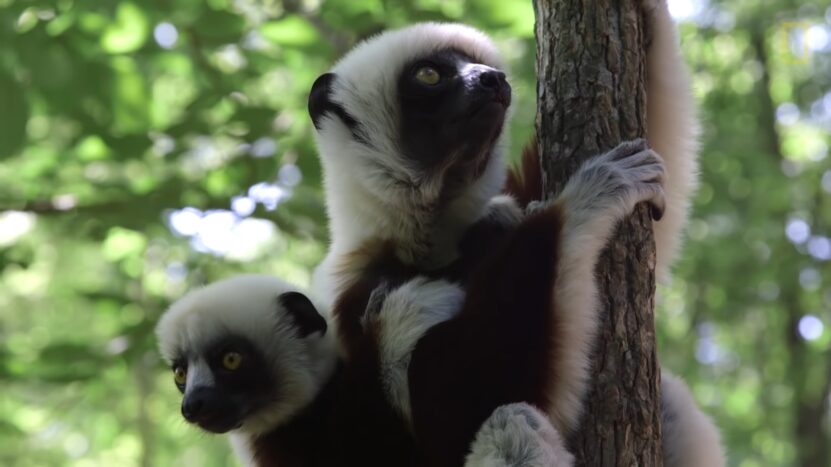
When it comes to lemurs, Madagascar is truly the place to be! This island nation is home to over 70 different species of these adorable primates, each with its own unique appearance and behavior.
From the playful ring-tailed lemurs made famous by the movie “Madagascar” to the elusive aye-aye, which is considered by many to be the world’s weirdest primate, Madagascar’s lemurs are a diverse and fascinating group of animals.
One of the most impressive of these lemur species is the giant lemur, which grew to be as large as a gorilla and weighed up to 440 pounds!
Sadly, these magnificent creatures are now extinct due to hunting and habitat loss, but their memory lives on in the island’s culture and history.
160 Million Year Journey Through the Power of Tectonic Forces and Natural Beauty
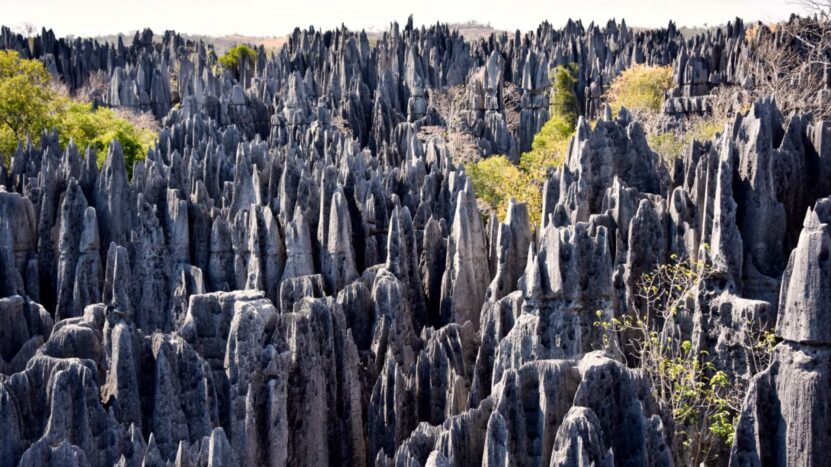
Madagascar’s fascinating geological history is a testament to the power of tectonic forces and the enduring beauty of nature.
The island has been around for an astonishing 160 million years, evolving and changing over time as the continents around it shifted and drifted.
Originally part of the supercontinent Gondwanaland, Madagascar has separated from the southern coast of Africa around 135 million years ago, when the continent began to break apart.
Since then, Madagascar has been on its own unique journey, developing a distinct ecosystem and culture that is unlike anything else in the world.
Today, Madagascar is known for its incredible biodiversity, with a stunning variety of plants and animals that are found nowhere else on Earth.
From the spiny forests in the southwest to the rainforests of the east, Madagascar’s natural landscapes are a testament to the island’s complex geological history and the power of evolution.
World’s Leading Vanilla Producer
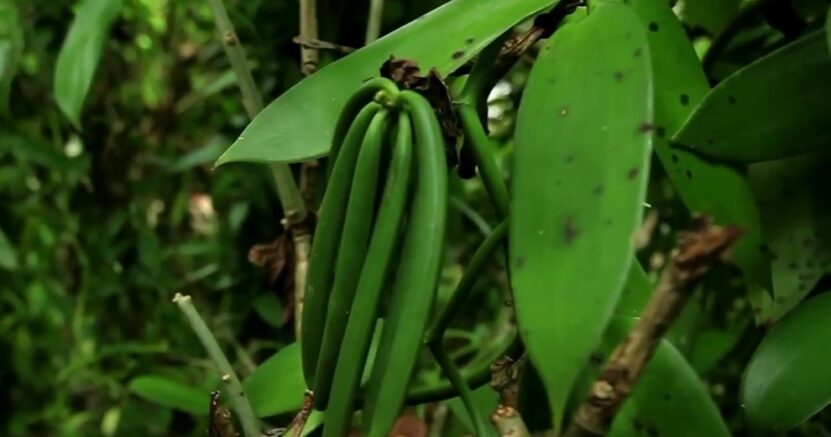
Madagascar may be known for its incredible wildlife and natural landscapes, but did you know that it’s also the world’s leading producer and exporter of vanilla?
This beloved spice is an important part of the island’s culture and economy, with over 80% of the world’s vanilla supply coming from Madagascar.
Vanilla is grown primarily in the northeast region of the island, where the climate and soil are ideal for producing high-quality vanilla beans.
Farmers carefully hand-pollinate the vanilla orchids and then wait patiently for up to nine months for the beans to mature before harvesting and processing them.
Once the beans have been harvested, they are carefully cured and dried, which brings out their rich and complex flavor.
The resulting vanilla is then exported to countries around the world, where it is used in a wide range of products, from ice cream and baked goods to perfumes and aromatherapy oils.
A Giant Island of Adventure and Discovery
This is a truly massive island, in fact, it’s the fourth largest island in the world! With a land area of over 587,000 square kilometers, it’s roughly the same size as the state of Texas in the United States.
Despite its size, Madagascar is still relatively unknown to many people around the world, which only adds to its appeal as a travel destination.
From the stunning beaches along the coastline to the rugged mountain ranges in the interior, Madagascar’s varied landscapes are a testament to its sheer size and diversity.
So, whether you’re looking to explore ancient forests, spot rare and exotic wildlife, or simply soak up the sun on a pristine beach, Madagascar has something for everyone.
Don’t miss the chance to experience the natural beauty and cultural richness of this incredible island nation – it’s sure to be an adventure you’ll never forget!
Best Time to Visit
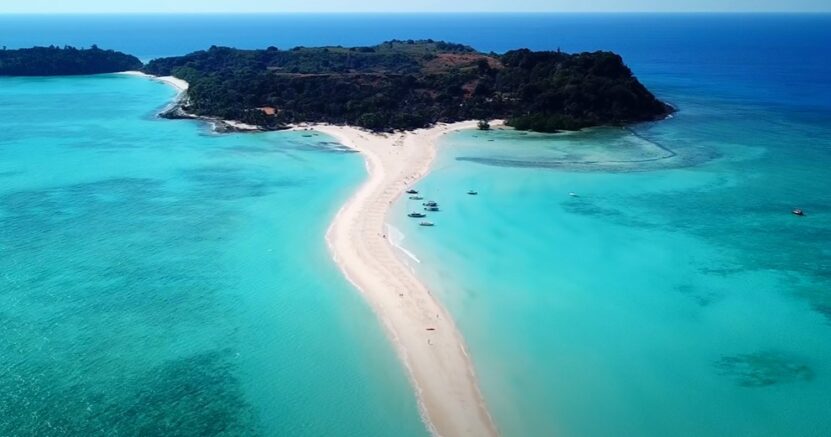
If you’re planning a trip to Madagascar, it’s important to know that the island has two main seasons that can greatly affect your experience.
From November through April, Madagascar is hot and rainy, with high humidity and the occasional cyclone.
Meanwhile, from May through September, the weather is cooler and drier, making it the perfect time to hit the beaches and enjoy the island’s stunning coastline.
During the dry season, the beaches of Madagascar come alive with activity, with visitors from around the world flocking to the crystal-clear waters and pristine sands.
Whether you’re looking to surf, swim, or simply relax and soak up the sun, Madagascar’s beaches offer something for everyone.
Of course, the best time to visit Madagascar depends on your interests and travel goals.
If you’re a fan of wildlife and nature, the rainy season may be the perfect time to spot the island’s unique species in their natural habitats.
On the other hand, if you’re looking for a beach vacation, the dry season is the ideal time to explore Madagascar’s stunning coastline.
Snake-Free
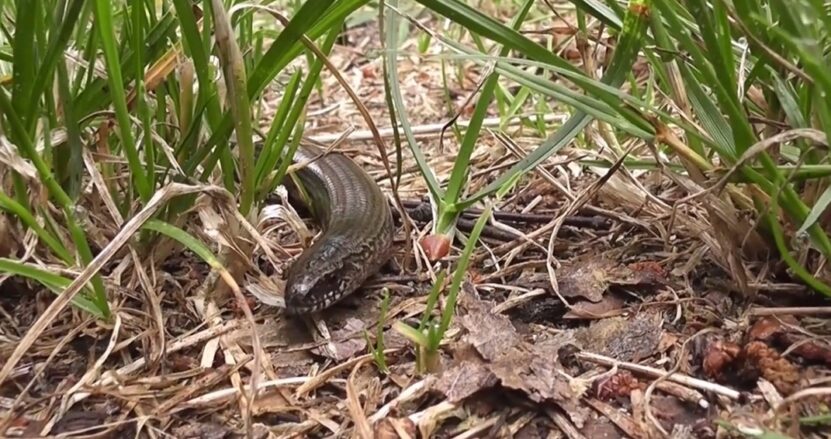
It may be home to a wide variety of reptiles, including snakes, but here’s a little-known fact: none of the snakes on the island are venomous!
While some snakes in other parts of the world can be dangerous to humans, Madagascar’s snakes are relatively harmless and pose little threat to people.
That said, it’s always important to treat all wildlife with respect and caution, as snakes can still be unpredictable and defensive if they feel threatened.
Visitors to Madagascar should be sure to stay on designated trails and avoid disturbing any snakes or other reptiles they may encounter.
Despite their lack of venomous snakes, Madagascar’s reptiles are still an important part of the island’s ecosystem and culture.
From the iconic chameleons that change color to blend in with their surroundings to the elusive geckos and skinks that inhabit the island’s forests and deserts, Madagascar’s reptiles are a fascinating and diverse group of animals.
So, whether you’re a fan of snakes or simply curious about the unique wildlife of Madagascar, be sure to explore the island’s reptile populations and learn more about their important role in the island’s ecology and culture.
Destination for Everyone
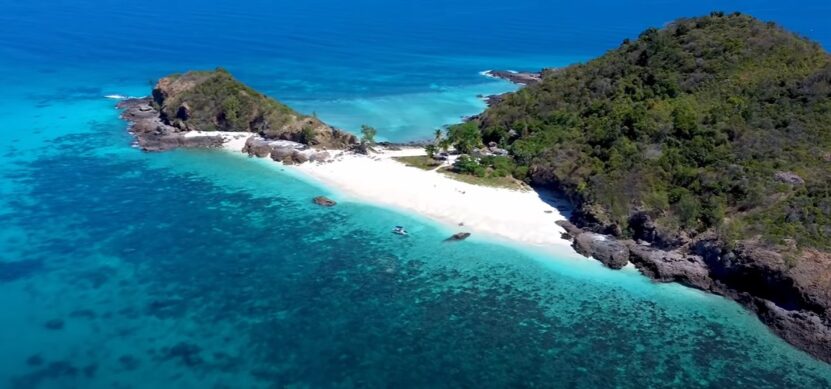
Destination that offers something for everyone, with a wide range of activities and attractions that appeal to different interests and travel styles.
Whether you’re a wildlife enthusiast, an adventure seeker, or simply looking to soak up the island’s unique culture and history, Madagascar has plenty to offer.
One of the most popular activities for tourists in Madagascar is wildlife safaris, which offer a chance to spot some of the island’s most iconic creatures, including lemurs, chameleons, and baobab trees.
With so many different national parks and reserves to explore, there’s no shortage of opportunities to get up close and personal with Madagascar’s incredible wildlife.
For those who are looking for more adventure, Madagascar also offers a range of activities such as trekking, mountain climbing, and water sports.
Whether you’re exploring the island’s rugged terrain or kayaking along its pristine coastline, Madagascar’s natural landscapes provide the perfect backdrop for a truly unforgettable adventure.
Of course, there are also plenty of opportunities to immerse yourself in Madagascar’s rich culture and history, with visits to traditional villages, markets, and historic sites that offer a glimpse into the island’s past and present.
Real-Life Animal Kingdom
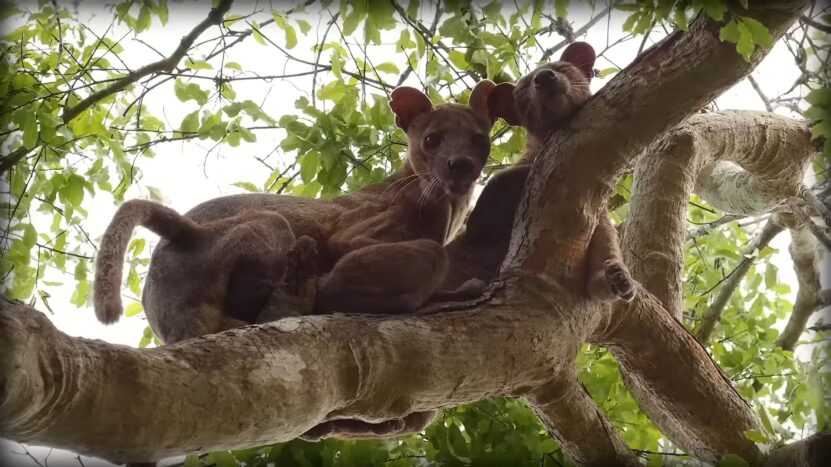
While the animated film “Madagascar” may have introduced many of us to the island’s fascinating wildlife, there’s one important fact that the movie got wrong: there are no lions, giraffes, hippos, or zebras on the entire island!
These beloved African animals are not found in Madagascar, despite what the movie may have led us to believe.
In fact, Madagascar’s wildlife is even more unique and fascinating than what was portrayed in the movie.
From the elusive fossa, which is a top predator on the island, to the colorful and playful lemurs that are found nowhere else on Earth, Madagascar’s animals are a testament to the island’s incredible biodiversity.
While it’s true that pygmy hippos once lived on the island, they have been extinct for nearly 1,000 years, leaving behind only fossils and legends in their wake.
Today, Madagascar’s wildlife is still a vital part of the island’s culture and economy, drawing visitors from around the world who are eager to explore its unique and enchanting ecosystems.
FAQs
Do I need a visa ?
Yes, most visitors will need a visa to enter Madagascar. You can apply for a visa online or in person at the nearest Madagascar embassy or consulate.
What language do they speak ?
The official languages of Madagascar are Malagasy and French. However, many people also speak English, especially in tourist areas.
What is the currency of Madagascar?
The currency of Madagascar is the Malagasy ariary (MGA). It’s recommended to exchange your currency to ariary upon arrival in Madagascar.
Is it a safe country to visit?
Overall, Madagascar is a safe country to visit. However, like any destination, it’s important to take precautions and be aware of your surroundings. It’s recommended to avoid traveling alone at night and to keep an eye on your belongings in crowded areas.
What is the food like ?
Madagascar has a unique and flavorful cuisine, with influences from French, African, and Asian cultures. Some popular dishes include zebu steak, coconut curry, and various seafood dishes.
How do I get around Madagascar?
There are various modes of transportation available in Madagascar, including taxis, buses, and private cars. It’s important to be aware that roads can be rough in some areas, so it’s recommended to plan ahead and choose a reliable transportation option.
What should I pack for a trip to Madagascar?
It’s recommended to pack lightweight, comfortable clothing for warm weather, as well as sturdy walking shoes for outdoor activities. Don’t forget to pack sunscreen, insect repellent, and any necessary medications.
Conclusion
We hope that our list of interesting facts about Madagascar has piqued your curiosity and inspired you to learn more about this amazing island.
Whether you’re a family looking for a fun and educational vacation, or a couple seeking a romantic getaway in an exotic location, Madagascar has something for everyone.
From the unique wildlife and natural landscapes to the rich culture and history, Madagascar offers a one-of-a-kind experience that will leave a lasting impression on all who visit.
Plus, with a wide range of activities and attractions available through Madagascar hotels and travel agencies, it’s easy to plan a trip that’s tailored to your interests and travel style.
And best of all, by choosing Madagascar as your next vacation destination, you’ll be supporting the island’s growing ecotourism industry, which is focused on preserving the natural environment and promoting sustainable tourism practices.
If you find this article useful, and you are interested in discovering more about different travel destinations, check out our other posts for more information and inspiration:

